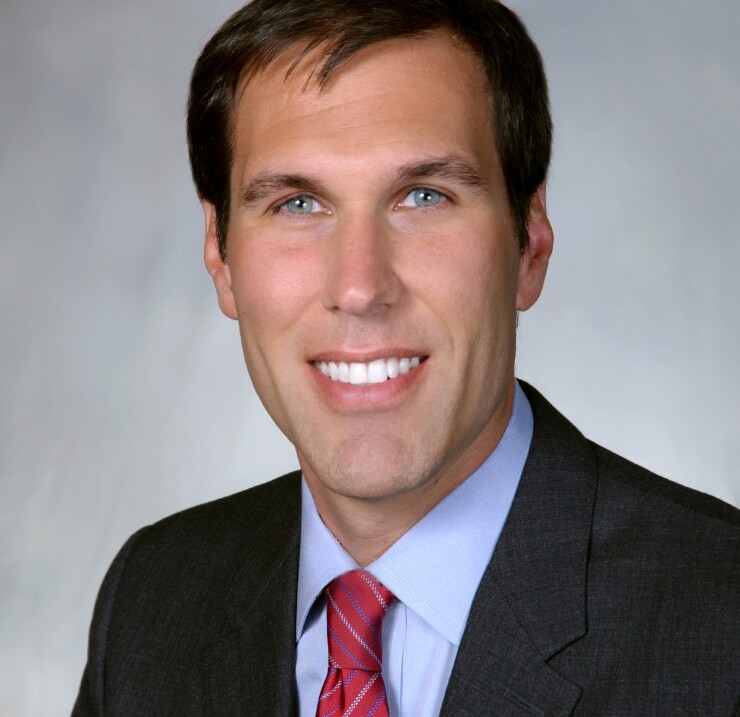The COVID-19 pandemic has caused uncertainty, which brought on market volatility. Add in next month’s election, the failure of the government to reach another stimulus deal, and the possibility that low rates may stimulate asset bubbles when things get better, and you may look at the markets and say it could be worse.
“Volatility barely reflects the uncertainties of the world,” said Jeff Klingelhofer, co-head of investments and portfolio manager at Thornburg Investment Management, “Rising cases of COVID-19, the upcoming general election, or China-U.S. trade just to name a few.”

And the “massive fiscal and monetary response to the COVID shutdowns, both government mandated and self-imposed,” helped reduce market volatility, noted Steve Skancke, chief economic advisor at Keel Point. “Financial markets reflect belief that the election results won’t change the Fed’s extraordinary monetary stimulus or additional, massive fiscal stimulus in 2021 and 2022.”
While elections will determine the size and composition of spending and taxes, he said, net spending and the deficit will rise no matter how voting plays out.
While a Democratic takeover of the White House and Senate would bring larger stimulus, Klingelhofer said, the victory would come with “some potential drawbacks as well, like higher taxes and more regulation.”
A Democratic sweep will mean “individual and corporate income taxes also will increase at some point,” Skancke said. “The size of the Biden proposed corporate tax increases are estimated to be five times the size of the 2017 corporate income tax cuts. If enacted, these increases would have a negative impact on corporate earnings, stock market prices and economic growth.”
If the government is split, Skancke doesn’t expect corporate tax hikes, but sees less stimulus. Joe Biden winning may lead to reinstatement of Obama-era regulations, which would tamp economic growth.
A Democrat in the White House may offer the fiscal stimulus Federal Reserve Board Chair Jerome Powell has urged, according to Gary Zimmerman, CEO of MaxMyInterest, with jobs and infrastructure leading the way. “Such efforts could accelerate the economic recovery and result in a steepening yield curve,” he said. “Economic growth and the corresponding impact on household income and spending can be expected to provide more immediate stimulus as compared to tax policy.”
In his opinion, fiscal policy rather than monetary policy “offers the potential to make a larger impact on the Main Street economy.”
Thornburg’s Klingelhofer tells investors, other than more fiscal stimulus, “there are hardly any upside catalysts.” Also, he sees “a remarkable disconnect between the state of the economy and market valuation.”
While the Fed “put” has stabilized the markets and economy, he said, it could “create ‘unknown’ bubbles in asset prices.”
While Skancke acknowledges the possibility of asset price bubbles, he sees them as “unlikely” given the current circumstances, but the risk rises as the economy recovers.
“The extraordinary disruption to the U.S. economy and employment triggered massive fiscal and monetary stimulus,” he said. The Fed’s actions “provide a direct, positive impact on stock market prices.”
While Powell “repeatedly has articulated the importance of stock markets stability to fostering economic recovery, and the market belief that the Fed will backstop stock market prices (the ‘Fed put’) once the recovery is well underway is more likely to lead to bubbles,” Skancke said.
“The Fed owns the world, and we all just live in it,” Klingelhofer said.





